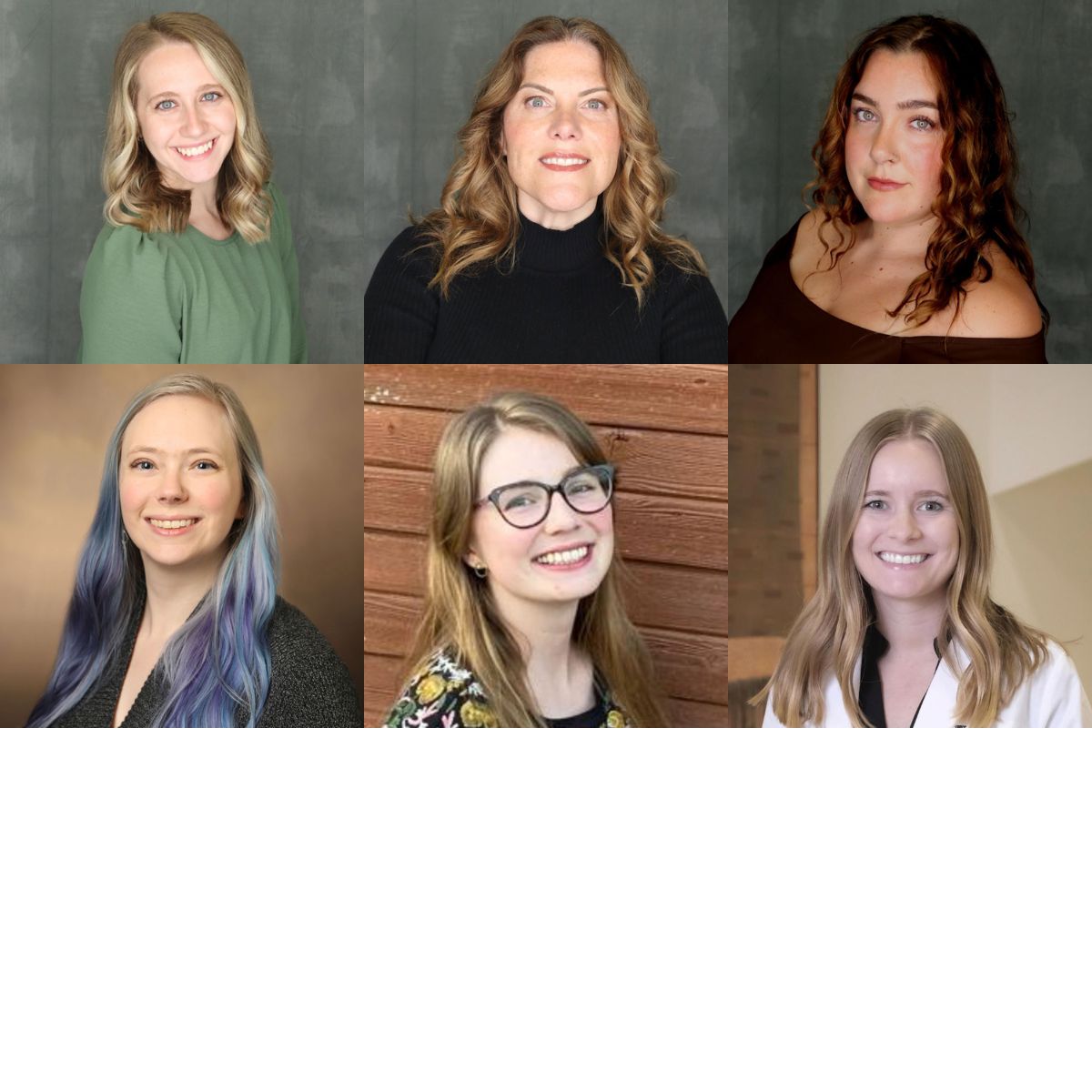
Presenter(s)
Event Details
Topic:
instruction, literacy & inclusion
Format:
demonstration
Subject Level:
beginner
Age Span:
preschool
kindergarten - grade 6
Target Audience:
AT specialist
educator
family member / caregiver
K-12 administration
paraprofessional
special educator
speech language pathologist
university professor / personnel
Professional Development Credits
IACET CEUs:
.01 CEU
ACVREP CEs:
1 CE
Presentation Length: 1 hour
Date and Time (Central Daylight Time):
- October 23, 2025
- 3:00 PM - 4:00 PM
Location:
Plaza 4
Description:
Presenters will examine the role of speech-language pathologists in literacy development for students with complex communication needs (CCN) who use augmentative and alternative communication (AAC). Attendees will be introduced to the theoretical foundations of reading, including phonological and phonemic awareness, and will explore findings from a nationwide survey identifying current practices, gaps, and barriers to effective literacy instruction. The session will highlight evidence-based strategies aligned with the science of reading and provide tools for implementing these strategies across settings. Participants will engage with case examples and leave the session with concrete resources to support assessment and intervention planning. The session will empower educational professionals to effectively address the literacy needs of AAC users and advocate for comprehensive, inclusive reading instruction within their scope of practice.
Learning Outcomes:
As a result of this activity, participants will be able to:
• Explain 3 responsibilities of speech-language pathologists related to providing evidence-based literacy instruction to children who have complex communication needs and use augmentative and alternative communication.
• Analyze 3 key strategies in providing evidence-based literacy assessment and intervention for children with complex communication needs who use augmentative and alternative communication.
• Select 1 literacy-based intervention strategy to apply in intervention with complex communicators who use augmentative and alternative communication.
Disclosures:
Travel and conference fees were covered by a grant-funded project from the Department of Education, Office of Special Education Projects (H325D230072). Additionally, the author receives a monthly stipend as a grant recipient.
Travel and conference fees were covered by a grant-funded project from the Department of Education, Office of Special Education Projects (H325D230072). Additionally, the author receives a monthly stipend as a grant recipient.
Travel and conference fees were covered by a grant-funded project from the Department of Education, Office of Special Education Projects (H325D230072). Additionally, the author receives a monthly stipend as a grant recipient.
Travel and conference fees were covered by a grant-funded project from the Department of Education, Office of Special Education Projects (H325D230072). Additionally, the author receives a monthly stipend as a grant recipient.

Leave A Comment
You must be logged in to post a comment.